Wynwood in 2024 is known as the hip and young art hub that's always buzzing, but it's very different than the working class neighborhood and industrial area that it once was.
It has been through several phases dating back to the 1910s, all starting as farmland that was purchased by prominent early Miamians.
Miami History author Casey Piket sat down for an interview with NBC6 and provided images that showcased Wynwood's evolution.
Josiah Chaille and Hugh Anderson were the two men who bought the farmland and began to plot out the area that was unnamed for a period of time, Piket explained.
Get South Florida local news, weather forecasts and entertainment stories to your inbox. Sign up for NBC South Florida newsletters.
They decided to leave the name up to a contest -- which ended in the name 'Wyndwood" being selected after a woman known as S.H. Ward submitted it. The letter 'D' was clearly later dropped from the name.
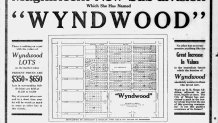
The area began as a working class neighborhood, but by the 1920s, it quickly became a more commercial area with a few warehouses constructed, Piket said.
American Bakeries Company created a warehouse and not long after, Coca-Cola came to the Wynwood area as well.
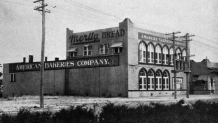
The Garment District also saw its beginnings in the 1920s.
"You began to see a very early version of what was later called the Garment District along Northwest Fifth Avenue, Piket said. "So over time, it was a mix of working class families, some warehouses, and also some of the industrial companies.”
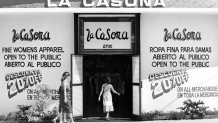
Cubans who eventually migrated to the area in the 1960s were a significant part of the retailing workforce.
Local
Much of the area consisted of both clothing retail stores and manufacturers; however, by the time the 1980s rolled around, many of those manufacturers moved out -- creating more space for the retailers.
Wholesale retailers became a staple as the industry continued to grow across Wynwood.
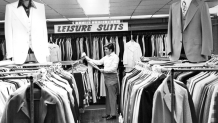
"Wynwood throughout the 60s and 70s, and even into the 80s was a diverse neighborhood of working class, but also it became fairly rundown as well," Piket explained.
There was a high unemployment rate by the late 1970s and there were growing drug issues in the area, according to Piket. Many working class immigrants reportedly wanted to leave the area as soon as they could afford to.
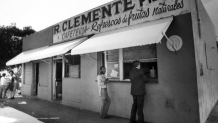
Everything began to change in the early to mid 1980s, when an art organization purchased the American Bakeries factory, Piket added.
The South Florida Art Center had reportedly split into two groups, with one heading to the Miami Beach area, while the other decided to take a more affordable route -- which was Wynwood at the time.
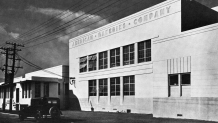
The Wynwood group converted the facility into what is now known as the Bakehouse Art Complex -- becoming the Sunshine State's largest space for working artists.
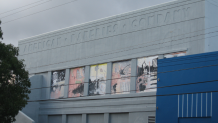
Piket said this became fairly prominent as an art center that slowly evolved into some of the owners of art galleries and more artists started to move in -- contributing to the art hub Wynwood has become.
The Bakehouse remains standing in 2024.
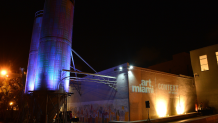
"As you get in to the 80s, and 90s, you had Tony Goldman, in the early 2000s, discover it and thought it was a really kind of an interesting developing neighborhood," Piket explained. "He put some investment into it and you really had this very slowly becoming a very notable art center with a lot of graffiti art."
Piket mentioned that Tony Goldman of Goldman Properties and other building owners actually wanted people to come in and to express themselves, through art, on the walls of some of the older buildings.
Goldman is responsible for the major tourist attraction known as the Wynwood Walls.
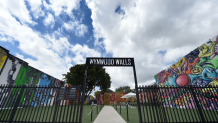
According to the Wynwood Walls website, Goldman's goal was to use Wynwood's stock of warehouse buildings as giant canvases -- essentially creating "the greatest street art ever seen in one place."
In 2024, Wynwood has become not only a popular art attraction, but an area with housing, restaurants, and an entertainment district that continues to evolve.
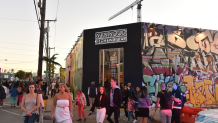
"As you get out of the Art District, the Entertainment District, you'll you'll still see some aspects of the old neighborhood," Piket said.
Piket also explained that a lot of old residences and structures that were most likely constructed in the 1920s -- are still standing on the northern edge of Wynwood.
More on Miami and it's evolution can be found through Casey Piket's Miami History Instagram page and blog.



